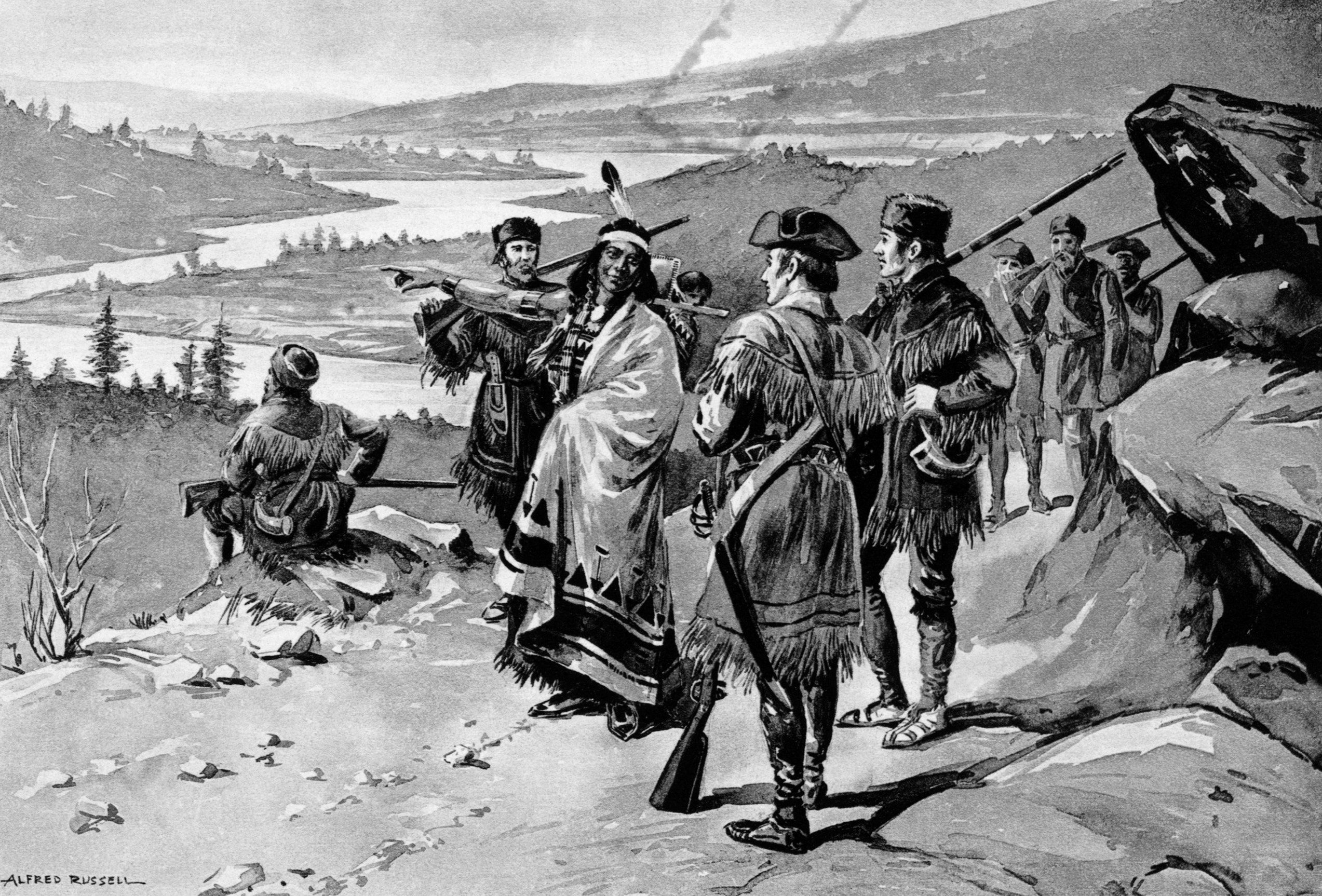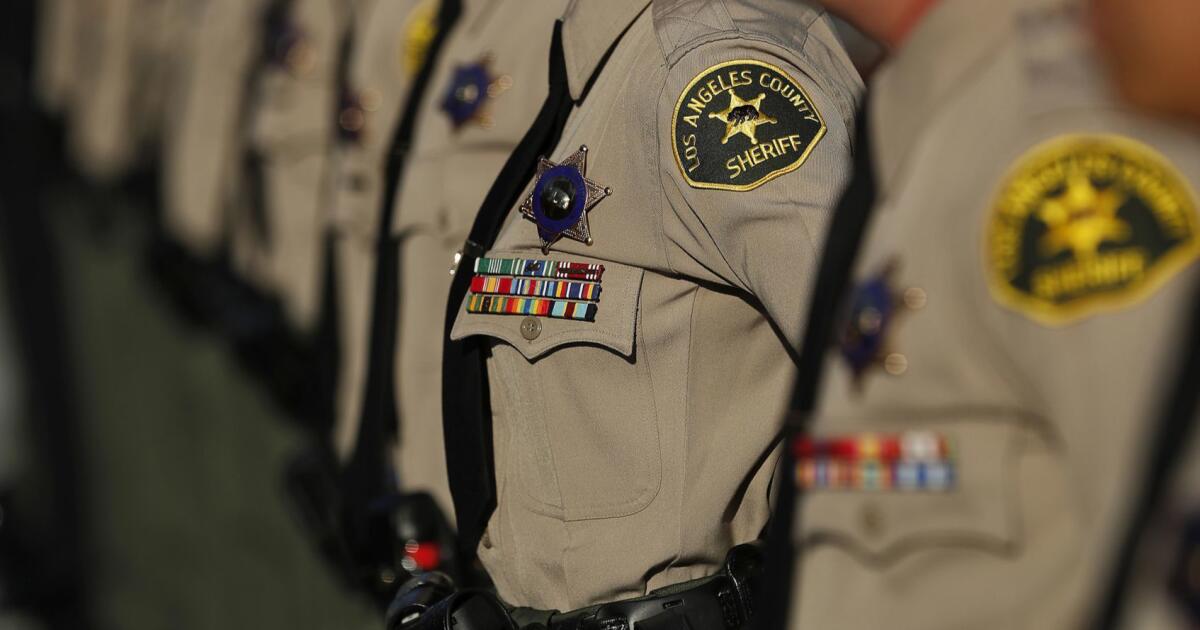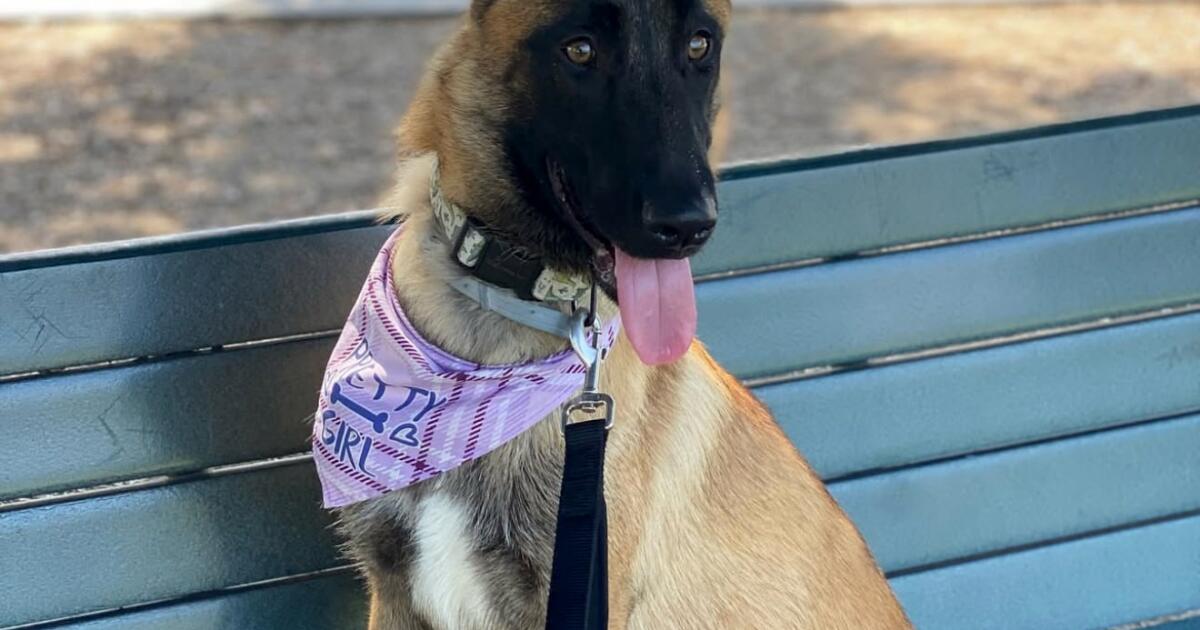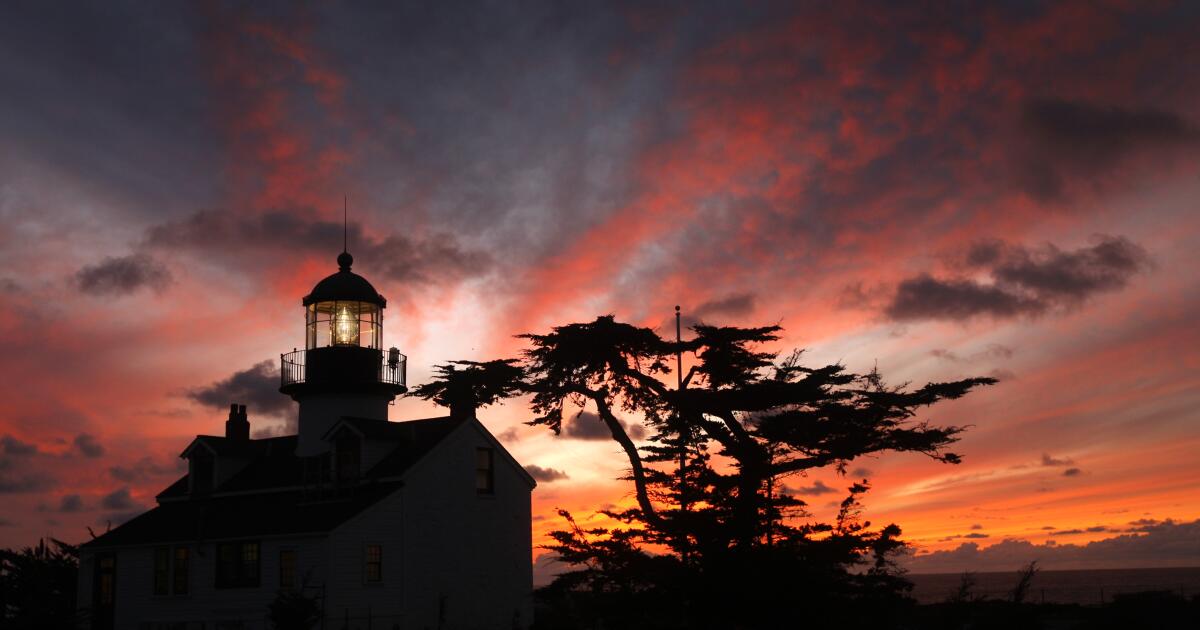U.S. Army Captain Meriwether Lewis, 2nd Lt. William Clark, and their Corps of Discovery returned to St. Louis to a heroes' welcome after their epic voyage to the Pacific Ocean on this day in history, September 23, 1806.
“We were greeted by the whole town and received a warm welcome from its inhabitants,” Clark wrote as his expedition returned to the West Gate.
“We allowed the party to fire its pieces as a salute to the city.”
His epic continental crossing, easily accomplished today by plane in just a few hours, lasted 28 months and covered 12,800 kilometers of an undulating route largely following the Missouri and Columbia rivers.
ON THIS DAY IN HISTORY, SEPTEMBER 22, 1862, ABRAHAM LINCOLN PROCLAIMS THAT SLAVES WILL SOON BE 'FOREVER FREE'
“What happened to the Corps is a great story, full of energy and forward movement,” enthused historian James P. Ronda in a 2003 retrospective in Smithsonian magazine.
“In extraordinary settings, a remarkable cast of characters faced adversities of epic proportions and fought to overcome one adventure after another.”
Sacagawea is shown leading the Lewis and Clark expedition. The Lewis and Clark expedition was aided by the enslaved Indian wife of a French pioneer who was hired to guide the party. Drawing by Alfred Russell. (Getty Images)
The expedition included about three dozen members.
Among the multicultural group of explorers: Clark's slave York, whose skin color shocked natives who had never seen a black person before; the celebrated Shoshone native Sacagawea; and his French-Canadian-Native American son Jean-Baptiste Charbonneau, born on the voyage in present-day North Dakota in 1805.
Clark cared for the boy after Sacagawea died in 1812.
Clark's Newfoundland dog, Seaman, also made the trip.
UNIVERSITY OF VIRGINIA STUDENT NEWSPAPER CALLS FOR THOMAS JEFFERSON'S NAME TO BE REMOVED FROM CAMPUS
The expedition took the Corps through what was then the forbidden wilderness of North America, unexplored by Europeans, largely unmapped for posterity by humans, and inhabited by flora, fauna, and native tribes unknown to the outside world.
“What happened to the Corps is a great story, full of energy and progress.” — Smithsonian Magazine
Among the curiosities they found and recorded to the amazement of European Americans were 178 plants, 122 animals (including grizzly bears), and the Clatsop Indian people in what is now Oregon, one of the many “Flathead” tribes of the Pacific Northwest.
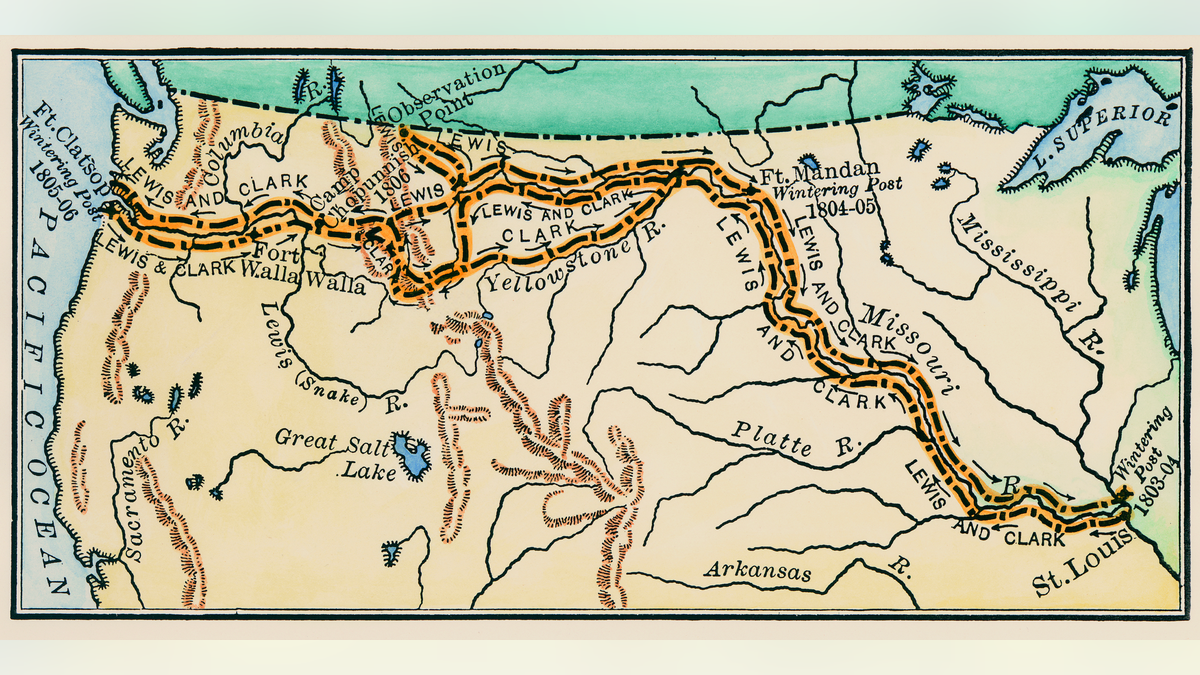
This map of the northwestern United States depicts the route followed by Meriwether Lewis and William Clark on their first expedition from the Missouri River (near St. Louis, Missouri) to the mouth of the Columbia River (on the Pacific Ocean at Oregon), and their return trip (1804–1806). (File montage/Getty Images)
“The most remarkable feature of their physiognomy,” wrote Lewis, “is the peculiar flatness and breadth of the forehead, which they obtain artificially by compressing the head between two boards while in a state of infancy, and from which they never quite recover afterwards… From the top of the head to the extremity of the nose there is a straight line.”
The Corps was commissioned by President Thomas Jefferson as he worked to acquire the vast Louisiana Territory from France in 1803.
Both Lewis and Clark kept detailed accounts of the voyage.
“Even before negotiations with France were completed, Jefferson asked Congress to fund an expedition to survey the lands of the so-called Louisiana Purchase and appointed Lewis as commander of the expedition,” according to History.com.
THE AMERICAN LEGION TURNS 103: A BRIEF HISTORY OF THE ORGANIZATION FORMED TO HELP WORLD WAR I VETERANS
The Corps of Discovery set out on May 14, 1804, reached the Pacific on November 7, 1805, wintered on the Columbia River near present-day Astoria, Oregon, and began the return voyage to St. Louis on March 23, 1806.
Both Lewis and Clark kept detailed accounts of the voyage.
They left behind a rich body of knowledge about the natural landscape, the continent's native inhabitants, and their own daily battles for survival.
Remarkably, all but one member of the expedition, Sergeant Charles Floyd, survived to complete the journey. He died on August 20, 1804, possibly from a ruptured appendix, at what is now known as Floyd's Bluff on the Missouri River in Sioux City, Iowa.
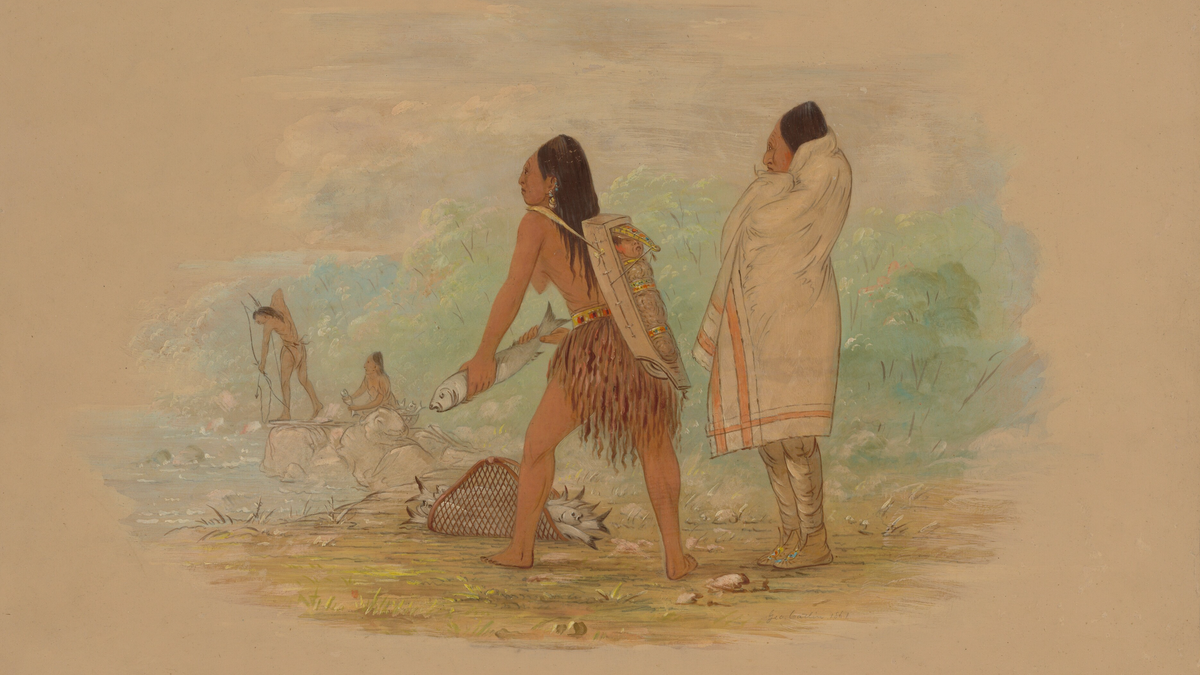
Flathead Indians, 1861. Hoogst-áh-a (chief with blanket) and Lée-le (his wife flattening a child's head). Artist George Catlin. Lewis and Clark were shocked to discover tribes of natives flattening their children's heads. (Heritage Art/Heritage Images via Getty Images)
“The journals of Lewis and Clark record for us not only a story of astonishing personal courage but also a powerful parable of trust within the human community,” writes editor Landon Y. Jones in his 2000 account of their journals, “The Essential Lewis and Clark.”
“At one level, Lewis is the more sophisticated storyteller,” he wrote.
“Clark, on the other hand, is more direct, more down-to-earth and more straightforward.”
“It is my pleasure to announce to you that I and my party have arrived safely.” — Meriwether Lewis to President Jefferson
Among hundreds of other human revelations in their records, the Corps of Discovery celebrated the young nation's independence on July 4, 1805, with what remained of spirits, music, and dancing in what is now Great Falls, Montana.
“The violin was played and they danced very merrily,” Lewis wrote of his team.
“They continued their merriment with festive songs and jokes and were extremely cheerful until late at night.”
CLICK HERE TO GET THE FOX NEWS APP
“That night, the first Americans to enter Montana, the first to see Yellowstone, Milk, Marias and Great Falls, the first Americans to kill a grizzly bear, celebrated the 29th birthday of their nation,” wrote Stephen Ambrose in his 1996 history, “Undaunted Courage: Meriwether Lewis, Thomas Jefferson and the Opening of the American West.”
CLICK HERE TO SUBSCRIBE TO OUR LIFESTYLE NEWSLETTER
“It is my pleasure to announce my safe arrival with my party,” Lewis wrote to President Jefferson on the day of his return to St. Louis.
For more lifestyle articles, visit www.foxnews.com/lifestyle
“In obedience to your orders we have penetrated the continent of North America as far as the Pacific Ocean, and have sufficiently explored the interior of the country to state with confidence that we have discovered the most practicable route that [does] “They exist across the continent by means of the navigable branches of the Missouri and Columbia rivers.”

